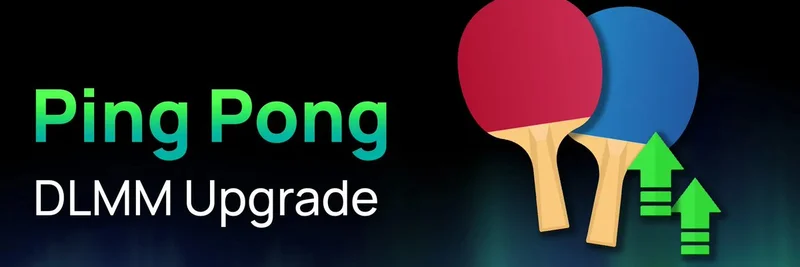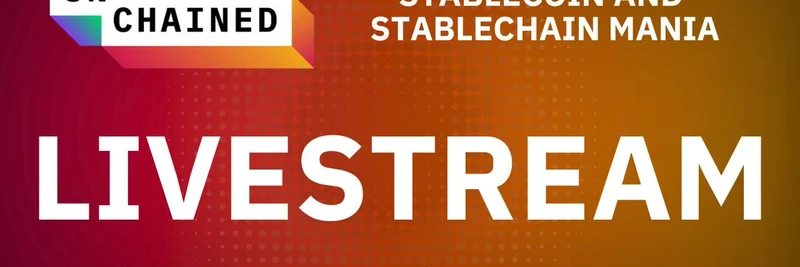Hey there, crypto enthusiasts and blockchain buffs! If you’ve been keeping an eye on the latest trends in the world of digital finance, you’ve probably noticed a buzz around stablecoins and their potential to shake up the remittances market. A recent post from Castle Labs on X has sparked some exciting conversations, and we’re diving into what it all means for the future of sending money across borders. Let’s break it down!
The Remittances Revolution Is Here
The remittances market—think of it as the global lifeline for millions who send money to family and friends overseas—has long been plagued by high fees and slow processing times. Traditional methods can eat up a chunk of your hard-earned cash with transaction costs, sometimes as high as 7% or more. But Castle Labs points out that this is about to change, thanks to stablecoins and innovative Layer 1 solutions.
Stablecoins are a type of cryptocurrency designed to maintain a steady value, often pegged to assets like the US dollar. This makes them a reliable choice for transactions compared to the wild price swings of Bitcoin or Ethereum. The post highlights how traditional players, like banks and payment giants, are jumping on the stablecoin bandwagon, while new Layer 1 blockchains—think of them as the foundation layers of blockchain networks—are creating specialized platforms for these digital currencies.
Why Stablecoins Matter for Remittances
So, why are stablecoins such a big deal? For starters, they can slash those pesky international transaction fees. PayPal’s recent announcement, which Castle Labs references, claims a potential reduction of up to 90% in costs. That’s a game-changer for people sending money home or businesses dealing with cross-border payments. Plus, with over 100 cryptocurrencies and wallets supported, the accessibility is off the charts!
The secret sauce? Stablecoins like PayPal USD (PYUSD) are backed by real-world assets, ensuring they don’t fluctuate wildly. This stability, combined with the speed of blockchain technology, means funds can move almost instantly—no more waiting days for a wire transfer to clear.
Enter Layer 1: A New Player in Town
But it’s not just about stablecoins—Layer 1 innovations are stepping up to the plate. According to BVNK’s blog, Layer 1 refers to a self-hosted infrastructure that gives businesses full control over their stablecoin transactions. This is huge because it cuts out middlemen, reduces risks like data breaches, and keeps everything private. Imagine a world where you manage your remittances directly on a secure blockchain—sounds pretty cool, right?
Castle Labs suggests this dual approach—traditional players using stablecoins and new Layer 1 networks—could disrupt the remittances market from all angles. With stablecoin settlements growing 18x to $7 trillion by 2023, as noted by BVNK, we’re clearly on the cusp of a financial revolution.
What This Means for Meme Token Fans
You might be wondering, “What does this have to do with meme tokens?” Well, at Meme Insider, we love connecting the dots! As the remittances market evolves, the infrastructure supporting stablecoins could also benefit meme token projects. These tokens, often built for fun and community engagement, might find new use cases in cross-border tipping or microtransactions, especially if fees drop and adoption rises.
The Bigger Picture
This shift aligns with big goals, like the United Nations’ Sustainable Development Goal to cut remittance costs below 3% by 2030, as outlined in a ScienceDirect study. With digital and financial literacy on the rise—especially among younger, educated users—stablecoins could become the go-to for remittances, making global money transfers cheaper and faster for everyone.
Final Thoughts
The insights from Castle Labs and the moves by players like PayPal signal an exciting future for remittances. Whether you’re a blockchain practitioner or just curious about crypto, keeping an eye on stablecoins and Layer 1 tech is a smart move. At Meme Insider, we’ll keep you posted on how these trends might spill over into the wild world of meme tokens. What do you think—ready to send your next remittance with a stablecoin? Drop your thoughts in the comments!



